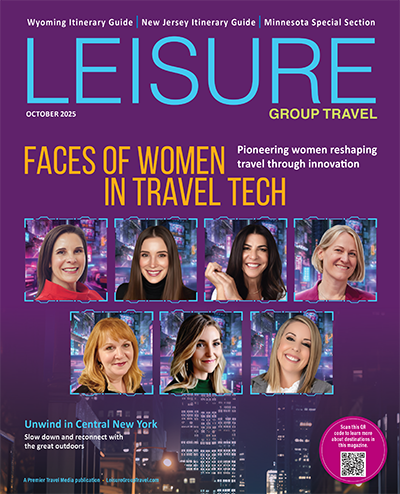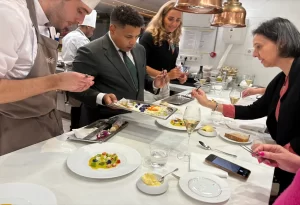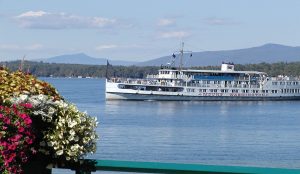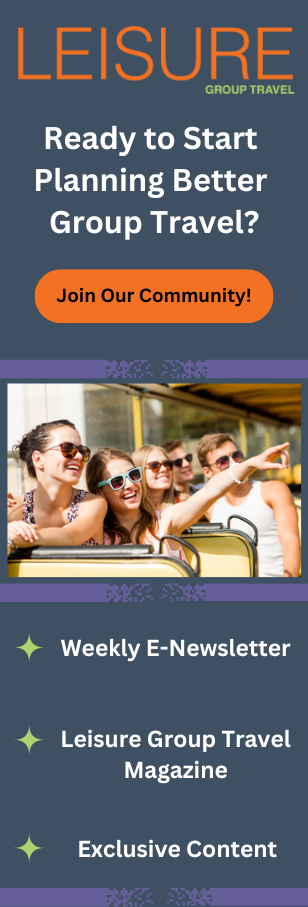Push Mobility Managing Director
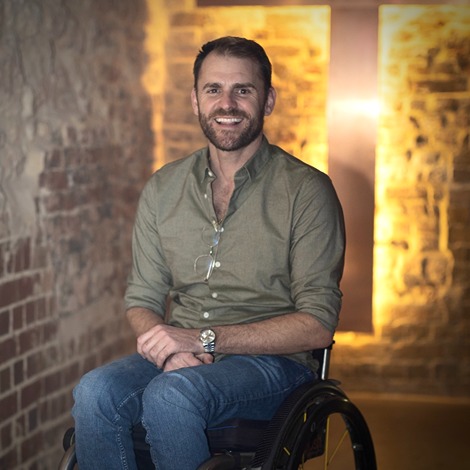
How did you become involved in accessible tourism, and what has your journey been like?
I’ve always been passionate about travel, but after a swimming accident left me a quadriplegic, I quickly realized how in accessible the world can be. That frustration led me to start Push Mobility, which provides innovative mobility solutions, and later Wheel Around the World, where I share travel experiences and accessibility insights. My journey has been a mix of challenges and wins.(Good, bad and ugly) I’ve faced barriers, but I’ve also found incredible people and destinations committed to inclusion.
Looking for expert insights and fresh travel ideas? Download the latest issue of Leisure Group Travel for free and start planning your next unforgettable group adventure.
What are some common misconceptions about accessible travel, and what surprising trends or statistics should more people know?
One of the biggest misconceptions is that accessibility means the same thing for everyone. People assume that if a hotel or attraction has a ramp, it’s fully accessible, but accessibility needs vary. Some people need step-free access, while others need hearing loops, visual guides, or specific support services. A surprising trend is that accessible travel is a massive and growing market. The global spending power of travelers with disabilities is in the hundreds of billions, yet many businesses still overlook this opportunity.
What advice would you give to someone with a disability who is considering their first big trip?
Plan ahead, (don’t be like me) but don’t let fear hold you back. Research your destination, contact hotels and transport providers directly, and connect with others who have been there. Use social media and online communities to get real-world advice. Most importantly, stay flexible and open-minded. Travel with a sense of adventure, because things won’t always go as planned, but the experiences you gain will be worth it. Things will not working out often but that can be part of the adventure.
Stay ahead of the trends in group travel. Download the current issue of Leisure Group Travel and discover top destinations, planning tips, and industry news—all for free!


Which destinations or countries stand out for their commitment to accessibility, and what can others learn from them?
Countries like Japan, the Netherlands, and parts of Scandinavia have set high standards for accessibility. Their transport systems are well-designed, and there’s a strong commitment to inclusive infrastructure. Australia is making great strides, especially in tourism hotspots like Queensland. One standout is Grenoble in France, where public transport is almost entirely accessible. The lesson is that when accessibility is built into city planning and tourism development, it benefits not just people with disabilities but everyone, including parents with prams and older travelers.
Have you encountered cultural differences in how disabilities are perceived around the world? How has that shaped your travel experiences?
Absolutely. In some countries, disability is highly visible and well-supported, while in others, people with disabilities are rarely seen in public due to stigma or lack of accessibility. In Japan, for example, there’s a high level of respect and assistance offered, whereas in some parts of Europe, accessibility is improving but still lags behind. These cultural differences shape my experiences, from the level of assistance I receive to how people interact with me. It’s a reminder that accessibility isn’t just about infrastructure, it’s about attitudes too.
What recent innovations or technologies have significantly improved travel experiences for people with disabilities?
Power assist devices for wheelchairs have changed the game, allowing more independence on challenging terrain. Booking platforms with accessibility filters are making trip planning easier, and AI-based translation apps help navigate language barriers. Airlines are also trialing wheelchair-secure spaces in cabins, which, if implemented, will be one of the biggest breakthroughs in travel.

What gaps still exist inaccessible tourism, and what improvements would you like to see in the next five to ten years?
One of the biggest gaps is in air travel. The process of boarding, transferring to an aisle chair, and the risk of wheelchairs being damaged needs urgent change. Accommodation is another issue. Even when a hotel lists accessible rooms, they’re often missing key features or are booked out with no alternative. In the next decade, I’d love to see airlines create proper wheelchair spaces, more consistent accessibility standards across hotels, and better last-mile transport options for people with disabilities. Also travel marketing does not list if an advertised adventure is designed for people with disabilities which makes extra work for people with disabilities planning an adventure.
How can travel brands—airlines, hotels, and tour operators—better support and market to travelers with disabilities?
First, they need to listen to travelers with disabilities and include us in the conversation. Too often, accessibility is an afterthought. Marketing should feature real disabled travelers, not just stock images. Accurate and detailed accessibility information on websites is crucial. Instead of a generic “wheelchair accessible” label, provide specifics about door widths, step-free routes, and bathroom layouts. Training staff to assist people with disabilities properly can also make a massive difference in customer experience.
Don’t miss out on the latest group travel trends. Download your free issue of Leisure Group Travel and stay informed on the best destinations, planning tips, and expert insights.



